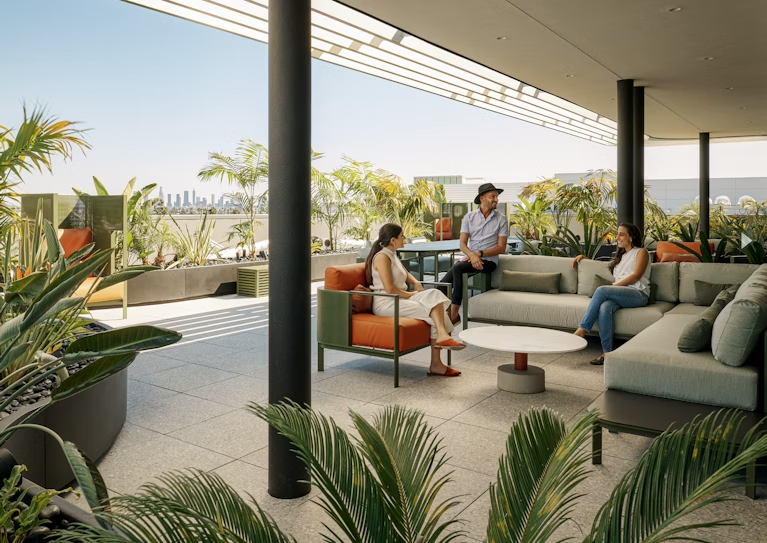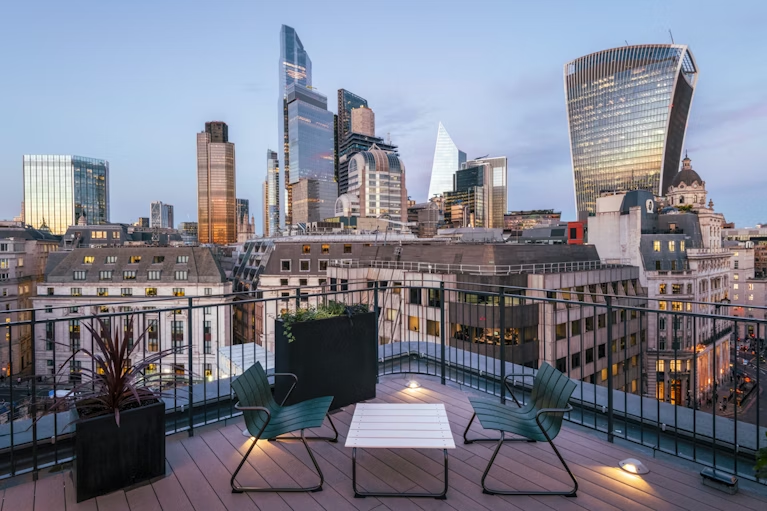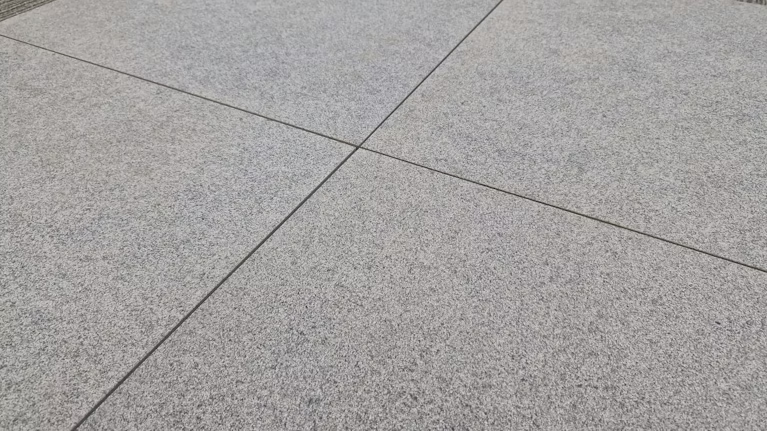From harsh summer sun and heavy rainfall to biting winds and fluctuating temperatures, rooftop environments face a unique set of challenges throughout the year. These conditions can quickly take a toll on surface materials, reduce usability and increase maintenance requirements. Unless you terrace is built with seasonal adaptability in mind.
In this blog, we explore how well-designed roof terrace systems can overcome these challenges, enhance comfort and usability, and ensure your outdoor space remains beautiful and functional all year long. We will also introduce innovative solutions and show why Raaft is your trusted partner for creating high-performance terraces that stand up to the seasons.
What are roof terrace systems and why are they gaining popularity?
Roof terrace systems are engineered solutions designed to transform flat roof spaces into usable, attractive outdoor areas. These systems typically include components such as adjustable pedestals, subframe structures, decking or tiling and integrated drainage, allowing for seamless installation over uneven surfaces while protecting the building’s roof membrane.
More than just a trend, roof terrace systems are growing in popularity across residential, commercial and hospitality sectors. With increasing demand for outdoor living and working spaces, roof terraces offer a smart way to maximise unused space.
What’s driving this growth? It’s a mix of lifestyle and practicality. People want to enjoy more time outdoors without compromising comfort, while businesses and property developers are recognising the added value and appeal that a well-designed roof terrace brings to a building.
Modern roof terrace systems not only elevate aesthetics, but also improve drainage, support energy efficiency goals and ensure long-term durability.
In short, they are becoming an essential element in forward-thinking architecture and sustainable building design.










